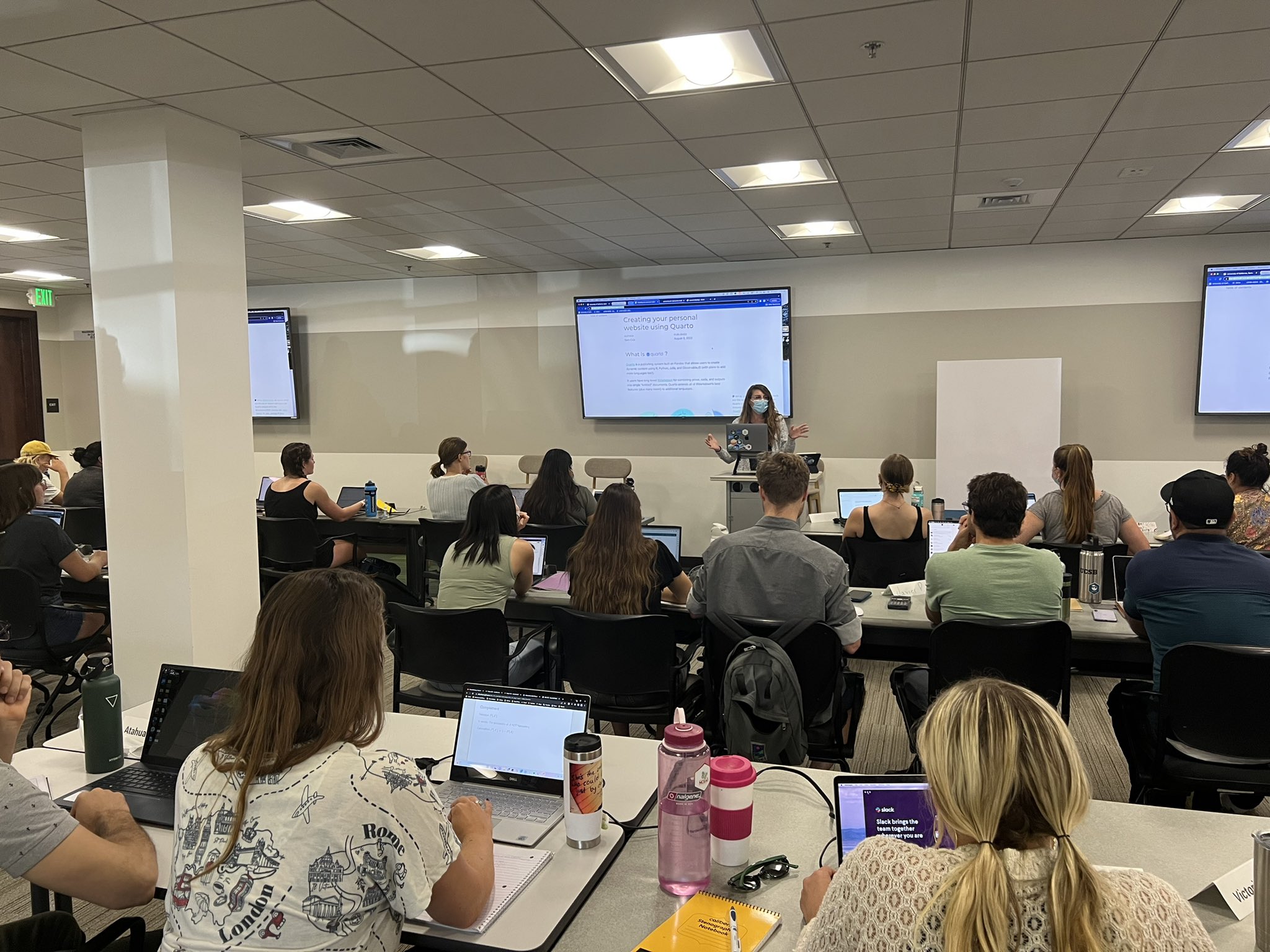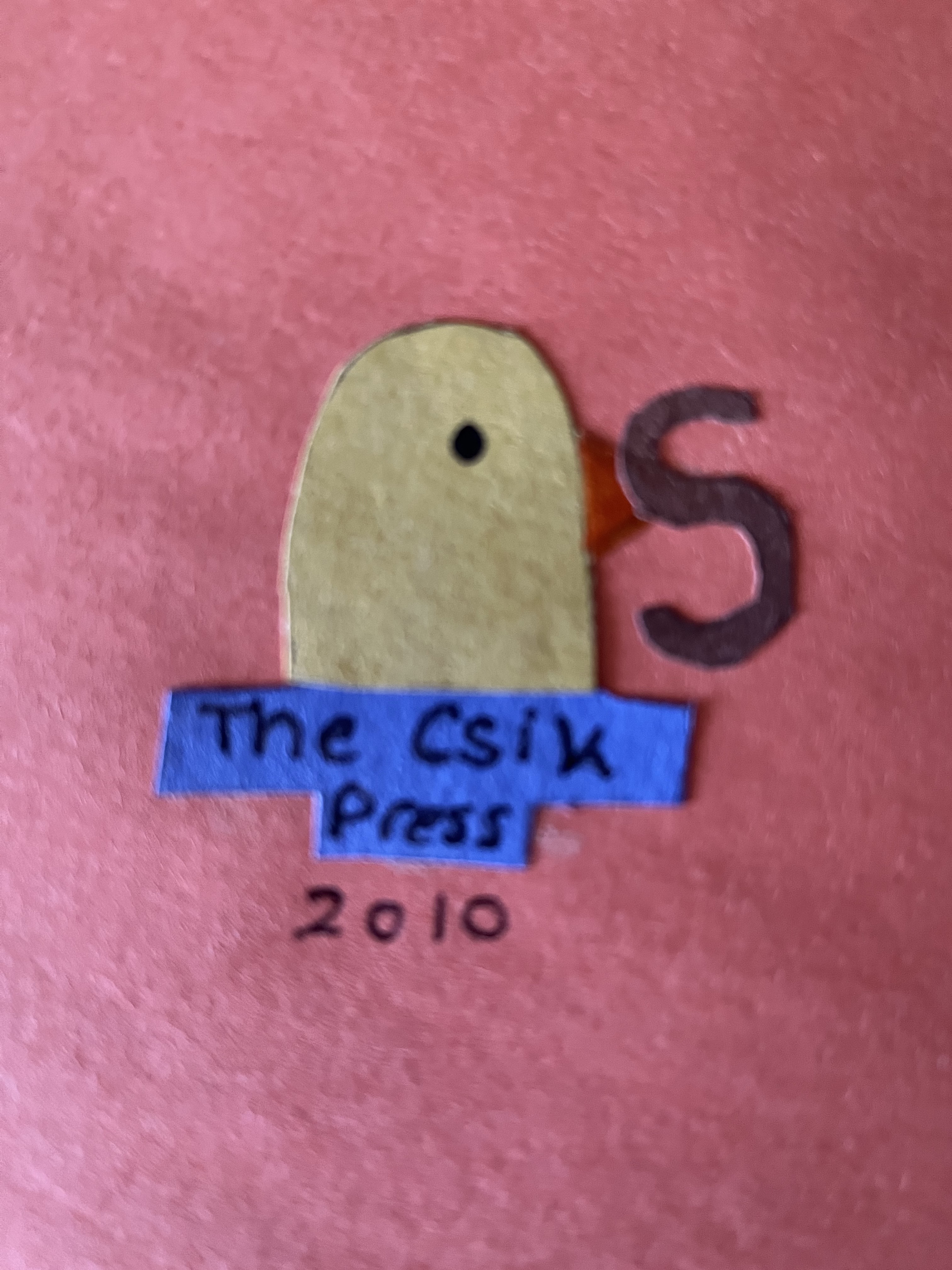the profession
I develop and teach data science training curricula and coordinate group Capstone projects for the Master of Environmental Data Science (MEDS) program at the Bren School of Environmental Science & Management, located at UC Santa Barbara. I also help lead strategic planning for data science curriculum offerings across the Bren School. In my spare time, I’m a co-organizer of R-Ladies Santa Barbara, a local data science group which works to promote gender diversity in the R community.
My background is in marine ecology and ecophysiology – I had opportunities to study coral disease in Panama and the Florida Keys as an undergrad, then temperature effects on spiny lobster metabolism and foraging behavior in Santa Barbara for my Masters degree. Since the beginning of my time in STEM, I was totally terrified of all things data, coding, and data science (that wasn’t even a widely-used term when I was still in school!), but thanks to a super supportive community and some really rad colleagues and instructors, I found my new path in data science education and I absolutely love it.

Teaching MEDS students how to build their own personal websites using Quarto. This was especially fun for me, since Quarto was still such a new tool when I first gave this workshop – it meant a lot of discovery and learning on-the-fly alongside our students.
While a large part of my role is now program coordination and strategic planning, my passion lies in teaching and working directly with students. I’ve developed a number of workshops and elective courses that supplement the MEDS core curriculum and aim to prepare students with technical and professional skills needed as they move into the workforce (read about our Career & Professional Development Workshop Series, which is one that I’m particularly excited about). I also teach EDS 240: Data Visualization & Communication, which is one of the MEDS core courses. This was my first opportunity to think deeply about and experiment with alternative grading approaches, which you can read more about in this reflective blog post that I wrote after my first year of teaching the class. I am always looking for new ways to make my teaching style and materials more approachable and inclusive for all learners – I try to build my content to be stand-alone resources, both for participants to refer back to and also for those learning on their own time. Feel free to check out / reuse / recycle any of my workshop and course materials.
the hobby
I feel very fortunate to be doing so many of things that I love a lot right now. That includes my job, but also spending lots of time outdoors. Living in Santa Barbara is a massive privilege and being here means that we have access to both the mountains and the sea, each a few minutes in either direction. It was the ocean that brought me here originally, but most of my free time is now spent on the trails.

My right-hand hiking gal, Tallie (aka Bean aka TunaB aka SweetCheeks).
I started recording my hikes (and eventually some other activities) on Strava in late 2020 and finally got around to retrieving my activity data using the {rStrava} package. Below is a heatmap of all my recorded activities made using {leaflet}. It’s challenging to see individual markers at my most frequented trailheads / starting points (toggle markers on using the layer controls in the top right corner), so I built my own Strava Dashboard (using {shinydashboard}) to make it a bit more interactive and filterable. It’s a work in progress, but a fun side project that I continue to iterate upon when I’m looking to learn some new skills. Huge shout out to Daniel Cullen for his awesome blog post that got me started with my own map.
For a more interactive experience, click around my Strava dashboard
Source code available on GitHub
the logo
Update 2024-12-02: My logo just got a little bit longer! I got married (a little while ago actually! April 22, 2023) and my husband, Brendan, and I decided to hyphenate our names. We’re officially the Shanny-Csik’s and are both excited to join our family names .
I’m a proud Csik (pronounced “chick” – Hungarian1, for the curious), though I spent many of my younger years embarrassed when people (understandably) got it wrong (variations include “sea-sick,” “sick,” “ca-sick,” to name a few) – and many of us know how brutal little kid peers can be when there’s a funny way to mispronounce a name. At some point, I learned to embrace the weird and it became very much a part of my everyday identity. My track coaches and teammates would shout “LET’S GO CSIK” during my events at meets, I signed year books as “Sam [drawing of a chick]” and every handmade card received my “The Csik Press” identifying mark on the back. As I’ve grown older, I’ve taken more care to help colleagues, peers, and strangers learn the correct pronunciation – because if I’m being totally honest, I think my name is pretty darn cool . So my first ever real logo is an homage to my earliest attempts at claiming my Csik identity. It may evolve a bit, but for now, it makes me pretty happy. Made using the (free!) Adobe Express logo maker.

The back of a handmade birthday card by yours truly (aka ‘The Csik Press’). Thanks, Mom, for sending me pics of these decade+ old treasures whenever you come across them. Artist: Sam Csik. Medium: construction paper, Elmer’s glue. Date: 2010 (apparently).

1Chicken paprikash is a popular Hungarian dish, my ultimate comfort food, and the meal my mom would make during each of my trips home throughout college. Our recipe, which necessitates a fresh batch of spätzle on the side:
Chicken Paprikash:
- Onion (1, chopped)
- Shortening (4 tbsp)
- Paprika (1 tbsp)
- Black pepper (1 tsp)
- Salt (1 tbsp)
- Chicken (2-3 lbs chicken thighs, cubed)
- Water (1.5 cups)
- Sour cream (1.5 cups)
- Heavy cream (1 cup)
Brown onion in shortening. Add seasonings and chicken and brown for 10 minutes. Add water, then cover and let simmer slowly until tender. Remove chicken. Add sour cream and heavy cream to pan drippings / onion and mix well. Add chicken back in and simmer until ready to serve.
Spätzle (usually tripled):
- All-purpose flour (1 cup)
- Ground nutmeg (1/2 tsp)
- Salt (1/2 tsp)
- Ground white pepper (1 pinch)
- Eggs (2)
- Milk (1/4 cup)
- Butter (for pan frying)
- Shallot (1-2 diced, for pan frying)
Begin boiling a large pot of water while you mix all ingredients (except butter and shallot) in a large bowl. Once the water is boiling, use a spätzle maker (or in a pinch, the large-holed side of a box grater and the back of a wooden spoon) to drop the batter into the boiling water in the shape of little dumplings. Spätzle is done when the dumplings are floating at the surface (they’ll be cooked through by the time you’re done with the spätzle maker). Pan fry the spätzle with some shallot in small batches. Serve with chicken paprikash!